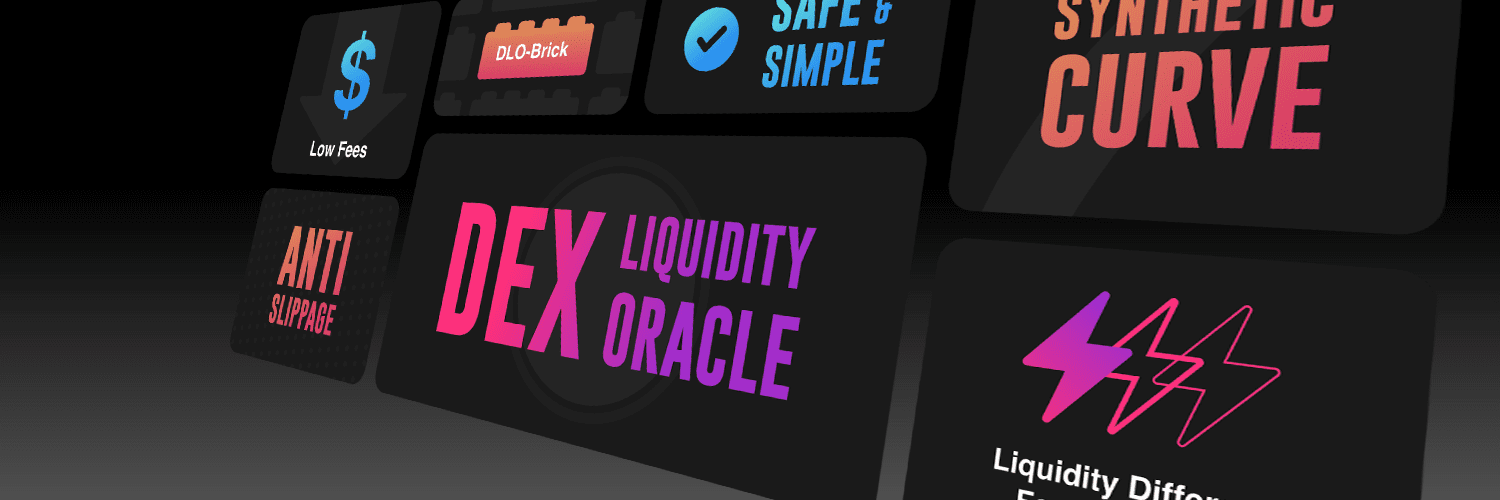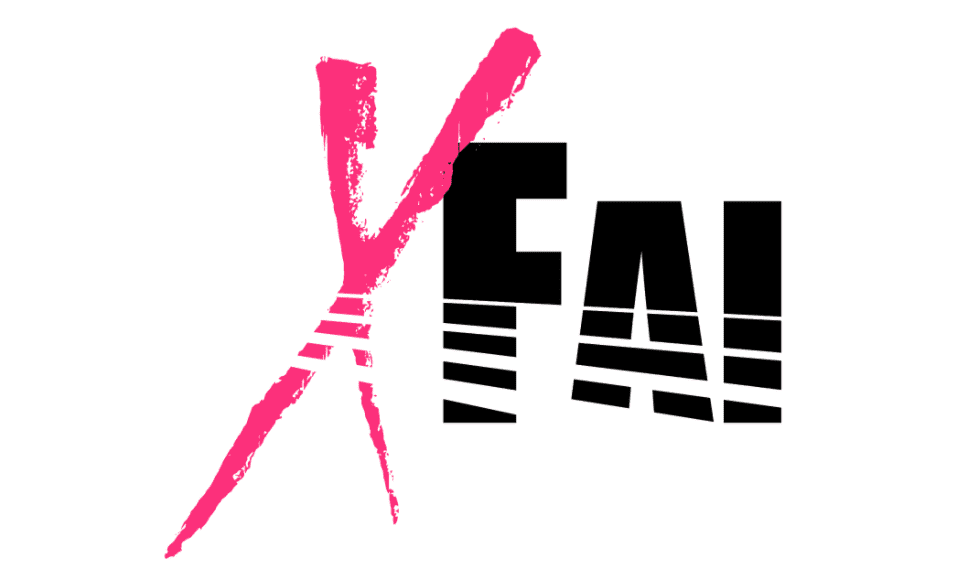A Token Generation Event (TGE) has long been the norm for blockchain projects looking to gain access to funds for development purposes. The model allows early investors to participate in an allocation of the initial token supply. However, this usually presents certain challenges to the overall transparency and fairness of the process.
When a blockchain project resorts to a TGE it usually selects a group of whitelisted participants. This is an incredibly centralized way to bring a supposedly decentralized asset to market. Under these conditions, investors are usually affected by high gas fees, failed transactions, and end up buying the tokens at an overpriced rate.
As DeFi applications become the next frontier in the blockchain industry, the model might become outdated. A great alternative to TGEs is currently being presented by XFai, a decentralized oracle service provider.
The DeFi-focused blockchain project seeks to balance the playing field between centralized and decentralized exchanges with a set of autonomous liquidity management smart contracts for tokens with low trade volumes and market caps. This mechanism, known as the DEX Liquidity Oracle (DLO), allows holders of small cap tokens to earn returns on funds when providing liquidity and therefore increase their position in those projects.
XFai is using what they call a “Liquidity Generation Event” for funding. This model consists of buying the token and adding it onto its own liquidity pool, similar to most popular DeFi applications. In XFai’s LGE, investors will be able to purchase the platform’s native $XFIT token and stake it into a liquidity pool, all in one step. Their funds will optimise DEX trading thanks to XFai’s DLO. In return, participants will receive APY.

This kind of funding model is an industry-first and did not exist in the blockchain and cryptocurrency space before XFai. The project’s LGE is set to go live on April 8, and will be sure to prove which is a more efficient and decentralized way to fund blockchain initiatives.



































